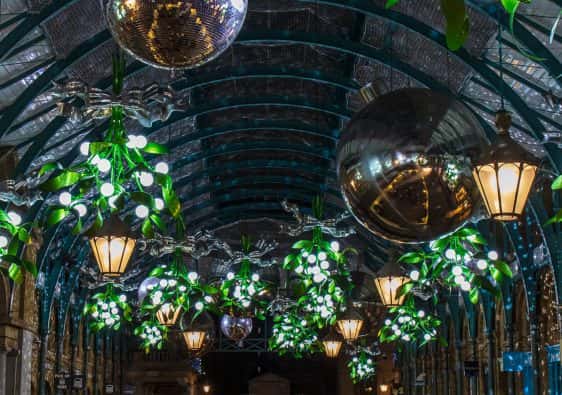Billingsgate Roman House and Baths in the City of London is a fascinating glimpse into London’s Roman past. Buried underground and undiscovered for many centuries, you can now visit it yourself.
Hidden underneath an anonymous office building close to the shore of the River Thames is a small but important piece of London’s Roman history dating back almost 2,000 years. Since then, London has changed almost beyond recognition, however this site remains remarkably intact.
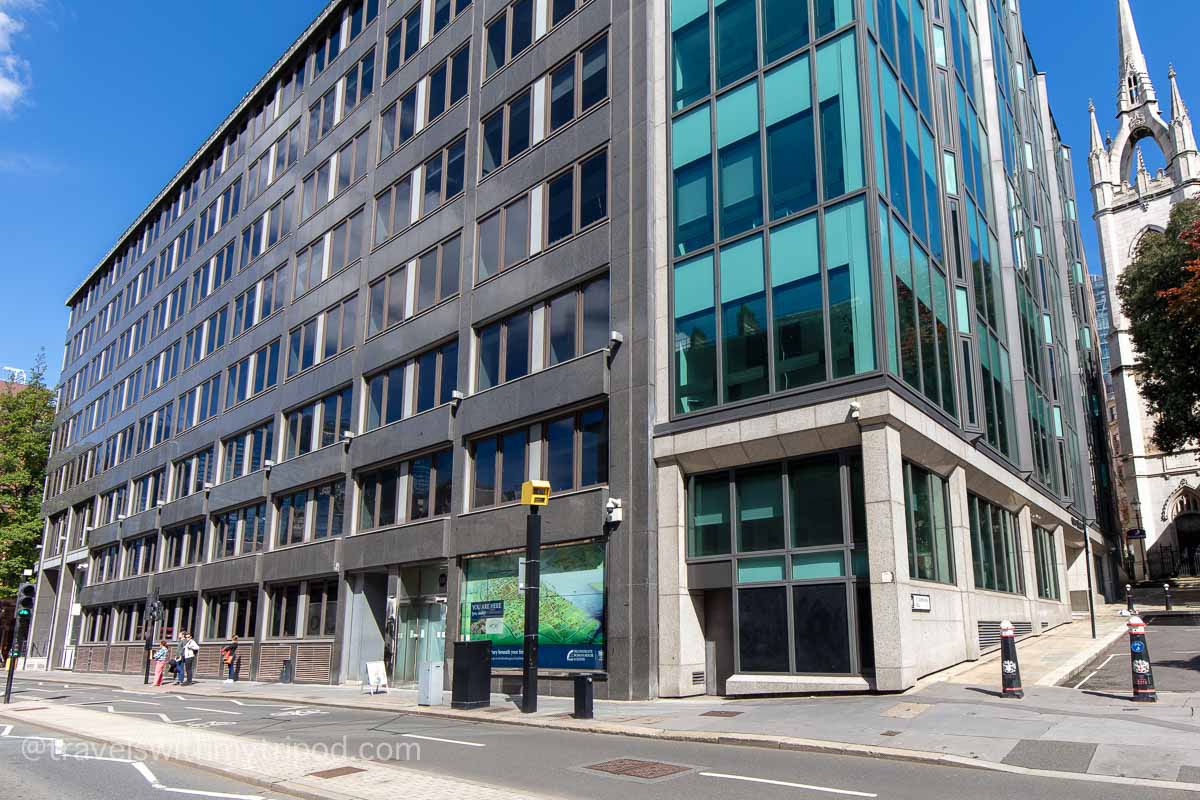
Undiscovered for centuries, these remains have survived London’s turbulent past including re-development, the Great Fire of London and even two world wars. Now open to the public, it is possible to step back in time and get close to one of the best-preserved Roman sites in the city. In fact, this is currently the only domestic Roman property in London.
If you’re interested in discovering more about London’s Roman history or are looking for something unusual to do in London then a visit here is highly recommended. Read on to find all you need to know to visit this quirky yet intriguing insight into Roman life in London.
Contents
What is the Billingsgate Roman House and Baths?
During Roman times, London (known as Londinium) was a vibrant and diverse city. The wealthy lived in well-appointed houses and it’s thought that this house was owned by such a family.
This domestic house and baths was first built in around 150 A.D. on the bank of the River Thames. This might be strange to imagine as the river is now a considerable distance away, however in Roman times the River Thames was much wider than it is today.
Initially built as a house, the baths were added around 100 years later. The site then remained in use right until the end of Roman London in the early 5th century A.D.
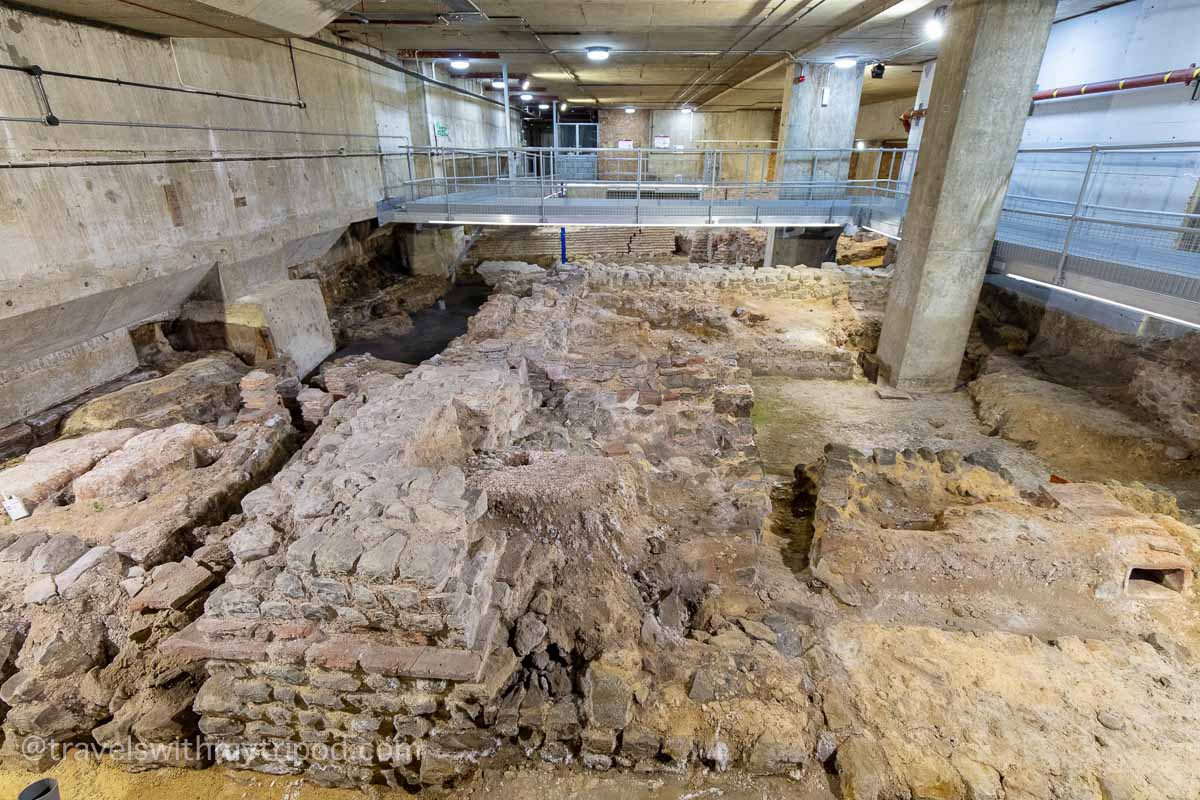
Like much of London’s Roman past, it was gradually buried underground as the city was developed. It remained lost for centuries, buried further and further below ground level as London grew. The site was first discovered in 1848 when building work began on a new Coal Exchange, but was then hidden away for another 100 years. At this point, only a section of the site was found – the Tepidarium.

In the late 1960s, the Coal Exchange was demolished, with considerable outrage, to allow Thames Street to be widened and for a new office building to be constructed. Although unpopular, the demolition of the Coal Exchange provided an opportunity to explore the Roman ruins further. During this work the rest of the site was discovered and preserved as it is today.

Now open to the public, you can visit for yourself and see these incredible Roman remains; immaculately preserved as if the archaeologists have just left the site.
Guided Tours
Due to the protected nature of this site, the only way to visit is by booking a guided tour. This isn’t a bad thing though as the tour guides are very knowledgable. During your tour, they’ll tell you about London’s Roman past as well as the history of the house and baths.
The tour starts in a rather plain room just inside the front door. Here your guide will give you an introduction to the site and some instructions on what to do when inside. The room itself is locked during the tour so it’s perfectly safe to leave bags there during your tour. There is also a toilet here.
You then descend down a small flight of stairs to be transported back in time nearly 2,000 years.

Once inside the basement, it’s hard not to be distracted by the archaeological remains just the other side of a metal walkway. However first you gather around a small model of the site, based on the remains found and knowledge of other Roman buildings of the time. This is useful as it makes it easier to envisage how the site would have looked in Roman times.
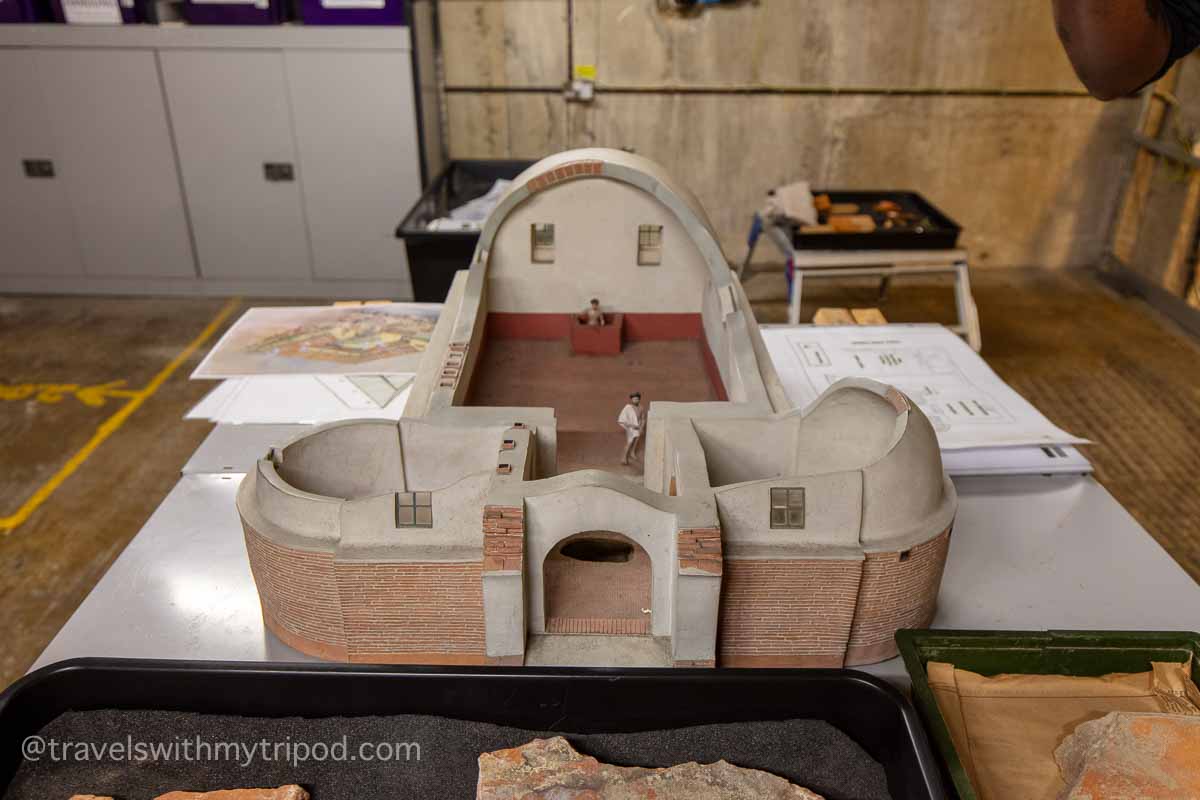
The tour then moves to the remains of the house and baths which are remarkably well-preserved. Here you’ll find out how the house and baths were used – from the furnace and heating system to the various different rooms. You’ll learn how the Romans would be massaged and cleaned in the Caldarium then have their body hairs plucked in the Tepidarium.
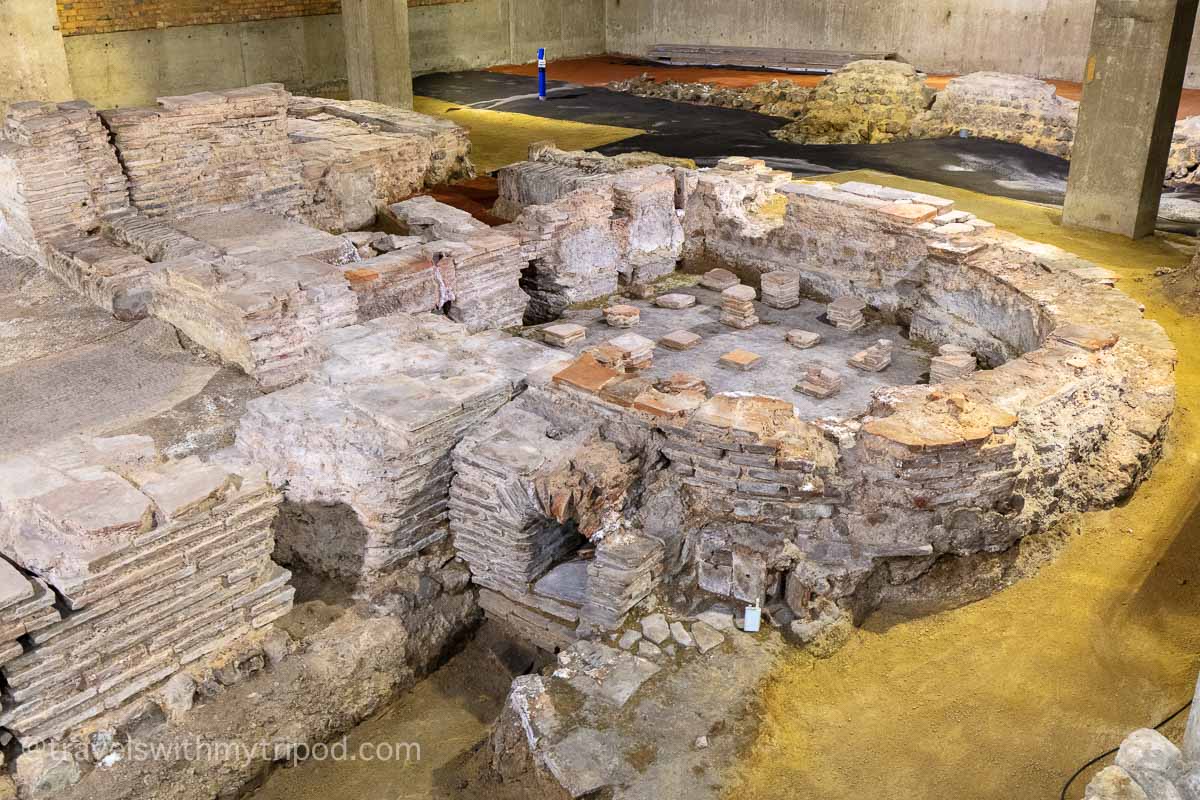
The tour lasts just under an hour so before you know it, you’re heading up the stairs and back into the 21st century.
How to book tickets to the Billingsgate Roman House and Baths
Guided tours are only available on Saturdays between April and November. There are 3 tours per day, starting at 11:00 a.m., 12:00 p.m. and 1:00 p.m.
Tickets must be booked in advance. Group sizes are limited to around 20 people per tour so they can sell out quickly.
Entry costs £12 for an adult and £10 for a child (8-14 years), plus a small booking fee. You can book tickets online here.
How to get to the Billingsgate Roman House and Baths
It’s easy to get there – it’s just a few minutes walk from Monument and Tower Hill stations. It’s not always that straightforward to find though as the postcode will direct you to one of the nearby lanes.
The entrance is at 101 Lower Thames Street, which is the busy dual carriageway running parallel to the River Thames. To get in, press the grey button to the left of the front door and wait until you’re let in. There’s usually a board outside the front door advertising the site too.

All you need to know
Opening hours: Saturdays between April and November at 11:00 a.m., 12:00 p.m. and 1:00 p.m.
Nearest station: Monument, Tower Hill, Fenchurch Street, London Bridge
Address: 101 Lower Thames Street, London, EC3R 6DX
Cost: £12 (adult), £10 (child aged 8-14)
Suggested duration: 1 hour
Website: https://www.thecityofldn.com/directory/billingsgate-roman-house-and-baths/

